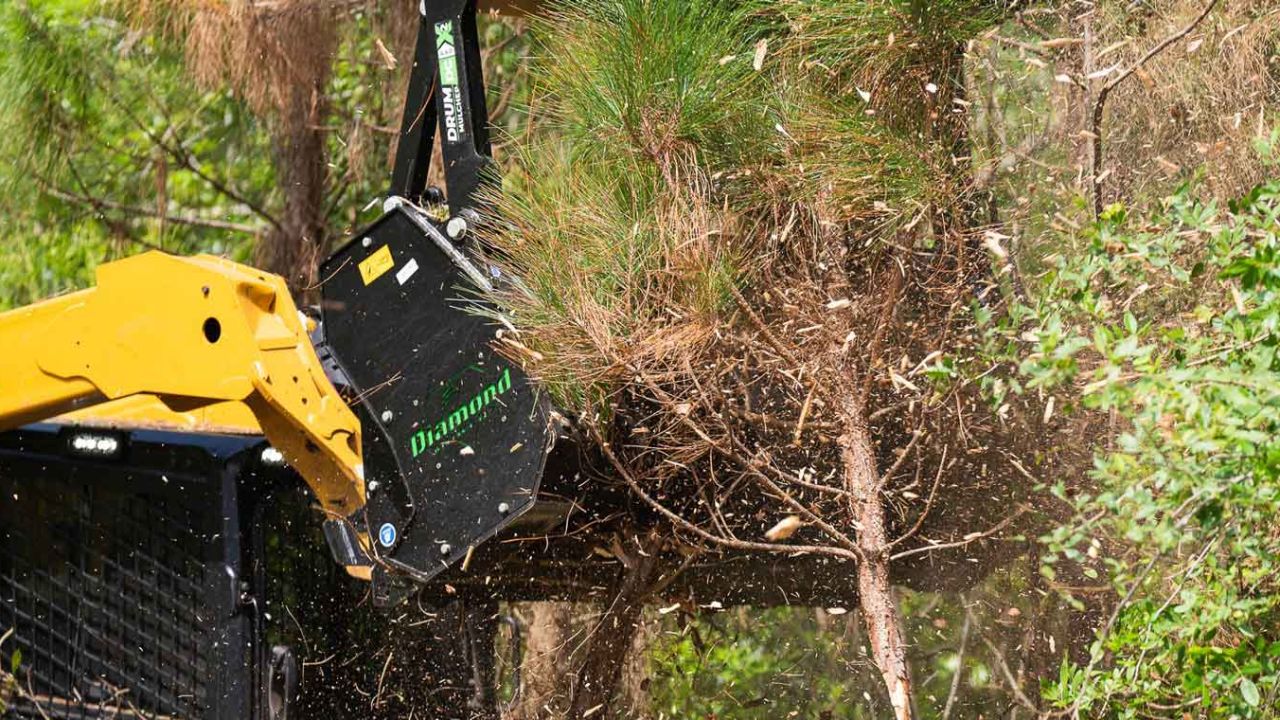The choice of forestry mulcher teeth is among the most important steps that can be taken to reach the highest rate of performance and longevity in land clearance, vegetation control, and forestry actions. The power of a mulcher does not necessarily make it efficient, but also the kind and quality of the teeth installed on the mulcher. The right mulcher teeth can greatly improve the cutting effects, save fuel, and increase the life of the machine. In order to arrive at the best decision, there are some factors that operators need to be aware of, as they include material composition, tooth design, compatibility with the machine, and the possible use.
Understanding Different Tooth Designs
There are a number of designs of forestry mulcher teeth, each designed to perform a particular task. The teeth can be fixed, such as those on the mulcher drum, which offers a stable cutting force. They perfectly fit the purpose of precision, heavy, and powerful use, like woodcutting of big trees or stump grinders. Conversely, flail-like or swinging hammer teeth are attached to the drum, such that they can recede when they strike hard bodies. This enables it to absorb shock to the machine and avoid damage while working on erratic terrain.
Performance is also dependent on the shape of the cutting. Concave and beaver-shaped teeth are aggressive cutting and are used for quicker material breakdown. Flat or straight-edge teeth, on the contrary, provide smoother operation and are practical in the fine mulching work. Knowledge of these design variations enables operators to set their teeth according to the type of mulching that they do most frequently.
Ensuring Compatibility with Equipment
All forestry mulcher teeth do not fit all machines. Each manufacturer has a different mounting system and tooth design. The operators are also advised to verify the specific model of their mulcher before buying, and also ensure it is compatible with the replacement teeth.
Fitting matching teeth will guarantee good alignment and equilibrium, thus eliminating vibration and uneven wear. It also enhances the efficiency of cutting as well as lessens the burden on the hydraulic system and motor. There are numerous suppliers who provide cross-reference guides to assist in getting the correct tooth model to fit in a particular machine brand. When selecting a manufacturer with a strong reputation that focuses on making compatible replacement parts, it ensures quality and good performance.
Evaluating Quality and Manufacturing Standards
Forestry mulcher teeth are very sensitive with regard to the quality of their production. The high-technology technologies of precision forging, CNC machining, and controlled carbide welding result in stronger connections between the carbide tip and the steel body. This avoids cracking, chipping, or peeling when under high pressure.
A good manufacturer will also carry out stringent quality control measures such as hardness tests, wear resistance tests, and field tests. The operators must prefer suppliers who give information regarding the grade of material, heat treatment, and bonding technology in great detail. Better quality of teeth is cost-saving in the long run and means that the teeth would not require much maintenance, hence an uninterrupted field operation.
Balancing Cost and Longevity
Although cheaper mulcher teeth can be appealing, they tend to wear down quite fast, thus necessitating frequent replacement and interruption of the machine. A higher upfront cost may be associated with premium carbide-tipped teeth; however, it is more durable, less prone to replacement, and more productive. In the long term, efficiency in fuel, maintenance, and labor easily offsets the initial difference in price.
The final decision on the selection of the forestry mulcher teeth refers to matching the capabilities of the equipment with the requirements of the operator and the working conditions. With the knowledge of the design of teeth, interchangeability, and selection of materials, as well as their use requirements, professionals can ensure the provision of their mulchers in the most efficient, reliable, and productive manner in all projects.
Conclusion
The issue of selecting the appropriate forestry mulcher teeth is not merely about fitting a part, but rather about maximizing the performance, doing so in a manner that is reliable, and safeguarding your investment. The right teeth will dictate how well a mulcher clears different media, ranging from a thick forest to a rocky soil, as well as the duration it will be able to work continuously. This is because operators who waste time to balance tooth design, material quality, and compatibility with their application equipment and operating environment realize a better cutting performance, reduced operating cost, and service life. Investing in high-quality carbide forestry mulcher teeth of a reputable manufacturer, in the long run, will guarantee the uniformity of its productivity and reliable output in all land clearing and forestry works.


